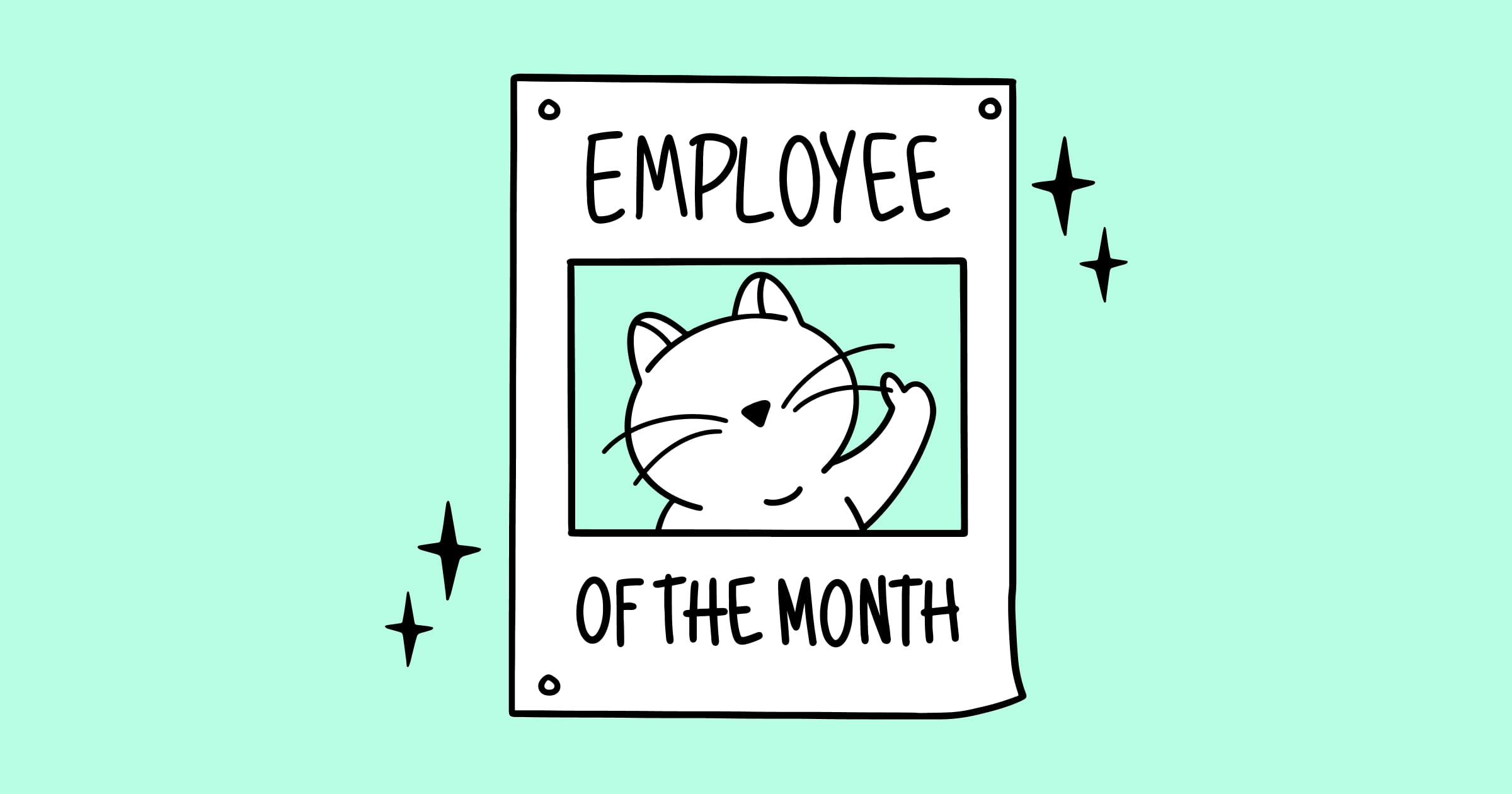March 18, 2025

Efficient skills management increases employee loyalty and reduces turnover and L&D plays an important part in this
2025 marks the continuation of an evolving workforce dynamic that began with the ‘Great Resignation,’ a global phenomenon in which millions left their jobs for new opportunities or a career shift. While resignations have slowed since their peak, the workforce still faces a significant challenge. A 2024 PwC Global Workforce Hopes and Fears Survey revealed that 28% of employees worldwide are considering leaving their current jobs in the next year (2025), up from 19% in 2022. This survey was conducted among 56,000 individuals across 50 countries and regions.
This state of affairs continues to present employers with an unprecedented talent crisis. Recent figures from the US Bureau of Labour Statistics show 8.1 million job openings against 5.3 million hires in November 2024, proving that the talent crunch everyone has been talking about since before the pandemic is still around. If left unchecked, it could lead to an 85-million-strong talent shortage by 2030, suggests a global study by management consulting firm Korn Ferry.
It is clear that demands for challenging and meaningful work, career development opportunities, better pay, and work-life integration are driving this sentiment. To achieve any or all of these goals, employees need future-ready skills. They know this well. They’re willing and eager to learn. What’s more, they expect their employers to back their skill development. If they don’t receive the support they want, they’ll look for it elsewhere.
This drastic change in employees’ attitudes towards work sends a clear message to employers: manage the skills of your employees better to increase engagement and help them learn and grow on the job if you don’t want to lose them.
Effective skills management does all this and more. Here’s how:
Skills management is the process of understanding the skills and competencies an organisation needs to be successful, ascertaining whether employees have the required skills, assigning employees to jobs on the basis of their skills and competencies, and identifying and filling skills gaps if any. Remedial action to plug skills gaps can take the form of learning and development (L&D), upskilling or hiring.
Effective skills management ensures the right person is on the right job, optimises teams, increases employee engagement by helping employees gain an awareness of their strengths and weaknesses, and the value they bring to the organisation. By encouraging skills awareness, skills development, internal mobility, learning and development and career advancement, skills management helps employees be their best selves at work, helping decrease employee turnover. Investing in L&D in particular holds a key benefit for organisations because employees who feel their employers are invested in them and their growth are more likely to stay engaged, productive and not seek other jobs.
From the perspective of employers, these are the main advantages of efficient skills management:
Skill development through targeted training is integral to skills management. Only by upskilling and reskilling employees can organisations hope to develop a skilled workforce, create authentic pathways for career growth, and overcome the talent crisis. Employees are eager to learn, so employers need to step up their game. If they need more convincing, here are some recent studies that support the call for organisations to invest in a culture of learning to overcome the Great Resignation.
Employers are aware of the urgent need to take their learning and development efforts to the next level. According to LinkedIn’s 2022 Workplace Learning Report, 46% of L&D leaders say the skills gap in their organisation is widening, up four points from 2021, while 49% express concern that employees don’t have the right skills to execute business strategy. As a result, upskilling and reskilling employees has become a top focus area of L&D programmes in 2022.
Improve the focus of your L&D programme and increase its chance of success with these three solutions inherent in efficient skills management:
Training for the sake of training won’t solve the Great Resignation-induced talent crisis. An effective skills management programme can ensure organisations offer employees targeted training. This means the training provided solves real problems and challenges, does not take a one-size-fits-all approach, and is engaging and easy to consume. Given that the number of skills required for a single job is increasing at an annual rate of 6%, it is vital that employees learn the exact abilities and competencies they need and don’t waste time on skills they might have no use for now or in the future. Targeted training will ensure that employers focus on the skills that are absolutely crucial not only to their employees but to the organisation’s success as well.
Skills management gives organisations awareness and insights of the skills available to them as well as the skills employees are most interested in using. A learning and development programme that is based on these insights can helps facilitate internal mobility. When employees receive training that not only makes them more adept performing their current tasks but also allows them to challenge themselves in other roles, internal mobility helps them fulfil their ambitions and increases their chances of getting promoted and progressing in their careers. With more and more people actively pursuing jobs that give them purpose, it’s no wonder that 20% of the employees surveyed by Lever prioritised internal mobility. The survey also found that 41% of employees are likely to ask for a role change this year and 67% might quit if denied internal mobility. It has been proven that internal mobility impacts retention – the average retention span at a company that excels in internal mobility is 5.4 years while it is 2.9 years at a company that struggles with it. Despite this direct link, internal mobility remains low on most L&D priority lists.
People quit for various reasons, and a bad boss is one of them. Poor leadership is not only a drain on company finances, it is also a health hazard for the workforce. According to one study, US firms bleed $360 billion a year in lost productivity, high turnover, and stress-related health costs due to bad bosses. Another suggests that it takes people 22 months to get their stress levels to a normal range after working for a bad boss. For a healthy bottom line and workforce, companies must extend their skilling initiatives to managers so that they can adapt to the challenge of leading remote, hybrid, and in-office teams. When organisations are blind to the struggles and shortcomings of their leaders, it has a direct impact on employee engagement and retention. Today’s workplace needs empathetic leaders who are sensitive to the personal and professional difficulties of team members and who are skilled at communicating and collaborating. Organise can ensure this by deploying skills management and its various tools such as the skills matrix and skills gap analysis across the organisation, ensuring that employees across the board – including managers – have the skills needed to do their jobs efficiently.
If you’ve never created a skills matrix before, check out the MuchSkills guide to developing a modern and comprehensive skills and competency matrix. And if you’d like to know more about why your company needs efficient skills management, read our blog here.

Subscribe to our newsletter to receive MuchSkills insights directly in your inbox. Don't worry we will respect your inbox

A practical look at how skills visibility, fair evaluation, and growth-focused conversations reshape the employee experience.

By revealing hidden talent and optimising workforce deployment, skills visibility democratises opportunities and boosts employee engagement and retention.
